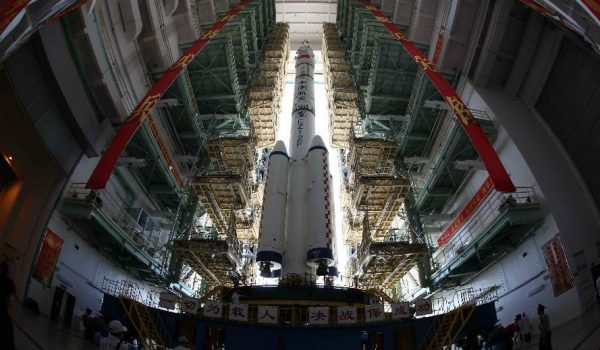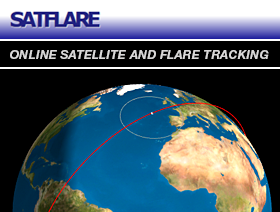

Shenzhou-9 and its Long March-2F rocket preparing for a vertical transfer to the launch pad (Credits: Xinhua/Wang Jiamin).
A report on June 9 from the official Chinese news agency Xinhua indicates that the Shenzhou-9 spacecraft will be launching aboard a Long March-2F rocket in mid-June. The craft will carry a crew of three and will perform the first manned docking with China’s orbital space lab, Tiangong-1.
“It means China’s spacecraft will become a genuine manned shuttle tool between space and Earth. It can send human beings to space stations or space labs. This will be a significant step in China’s manned space flight history,” said Zhou Jianping, chief designer of China’s manned space program.
The mission follows Shenzhou-8, an unmanned mission that resulted in China’s first automated docking procedure in orbit. In the upcoming mission, two taikonauts will board Tiangong-1, while the third remains aboard Shenzhou-9 to manage any unexpected issues. The docking will be performed manually this time, following an automated rendezvous. Shenzhou-9 is slated to spend 12-13 days in space, with up to 10 of those spent joined with Tiangong-1.
The three taikonauts have not been identified, unlike prior missions where the crew were known well in advance. One of the taikonauts is widely expected to be China’s first woman in space. Wang Yaping is rumored to be the woman in question, although officials insist the crew selection has not been made and will not be made until the last moment. Yaping is currently a Captain in the Chinese Air Force where she has been a pilot since 1997.
Observers have identified June 16 as a likely launch dates based on Tiangong-1’s orbital parameters. The launch will take place from the Jiuquan Satellite Launch Center, where Shenzhou-9 was moved to the launch pad on June 9.
The report below was made in April, shortly after Shenzhou-9 arrived at Jiuquan Satellite Launch Center:


















































































































![A trajectory analysis that used a computational fluid dynamics approach to determine the likely position and velocity histories of the foam (Credits: NASA Ref [1] p61).](http://www.spacesafetymagazine.com/wp-content/uploads/2014/05/fluid-dynamics-trajectory-analysis-50x50.jpg)



Leave a Reply